Summary
The range is about 20m in residential area. Elevation showed wire LQI better than planar. Although wire is worse on the road, Planar is worse in 45° direction.
Motive
Which is suitable wire or planar antenna of TWE (Tocos Wireless Engine) to propagate distance?
要約
住宅地における屋外屋内間通信距離は およそ 20m である。電波強度 LQI を測定した結果,高さの影響はワイヤの方が少ない。道路上試験では ワイヤが良くないように見えるが,対角線上の距離だと平面は ワイヤより劣る。[1]
経緯目的
TWE (Tocos Wireless Engine) のワイヤアンテナと平面のどちらが通信距離が期待できるか。
TWE range ability test
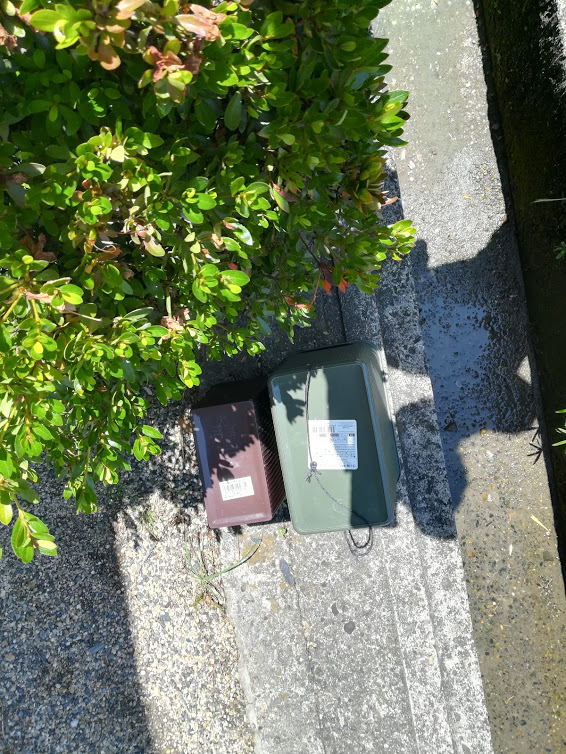
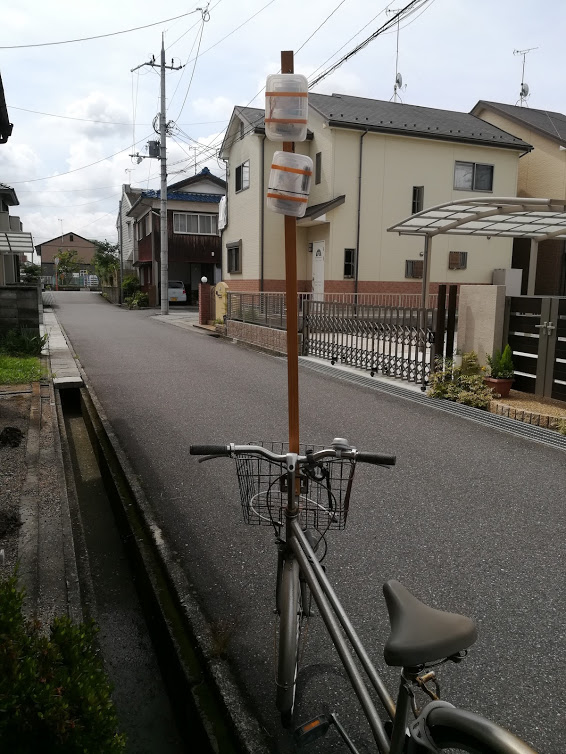
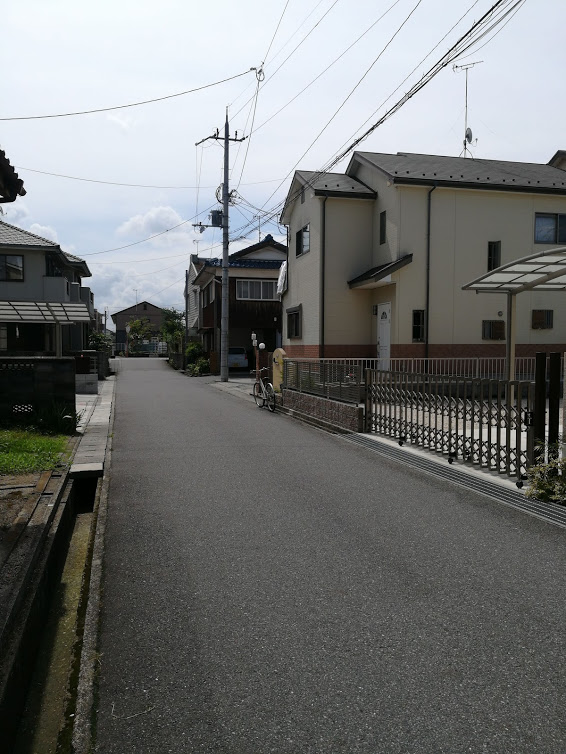
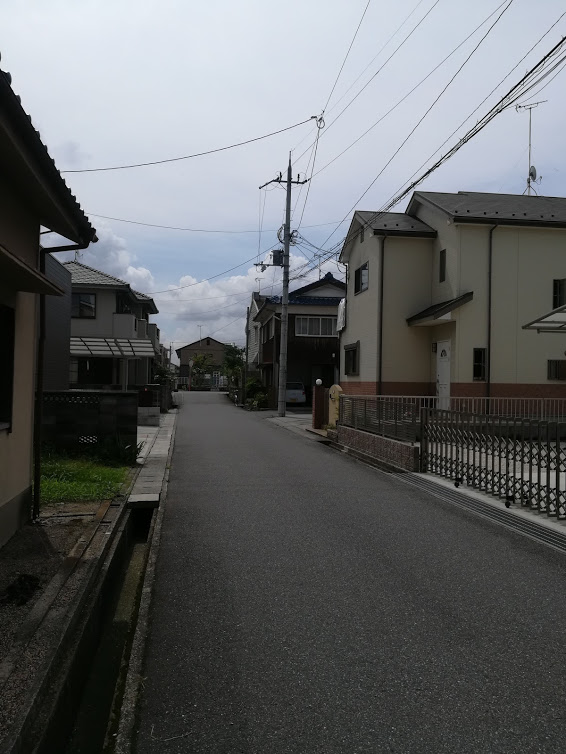
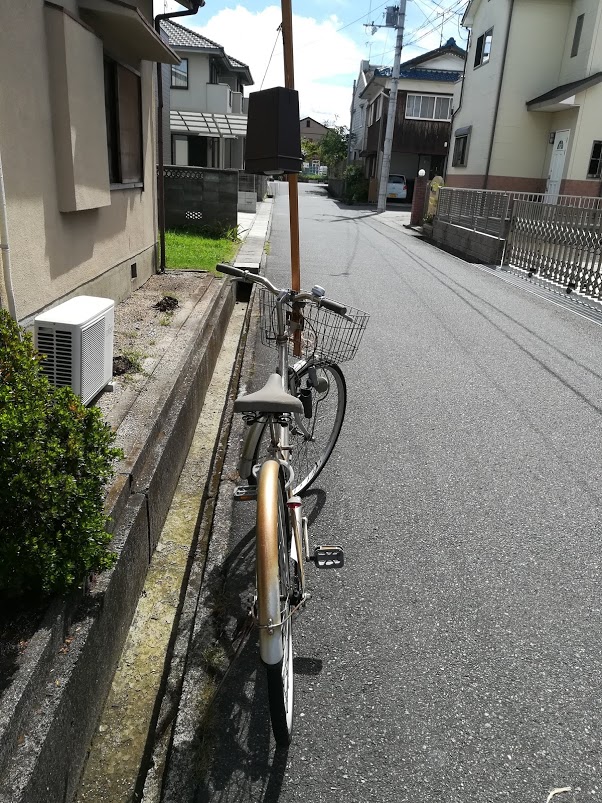
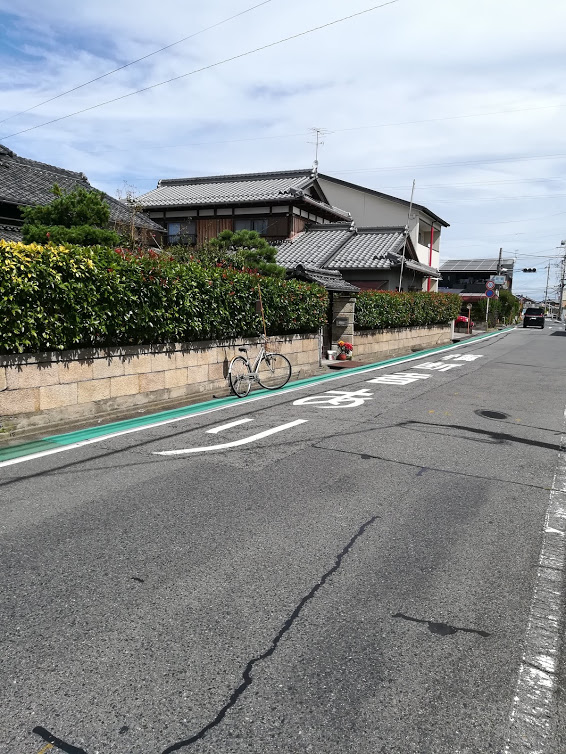
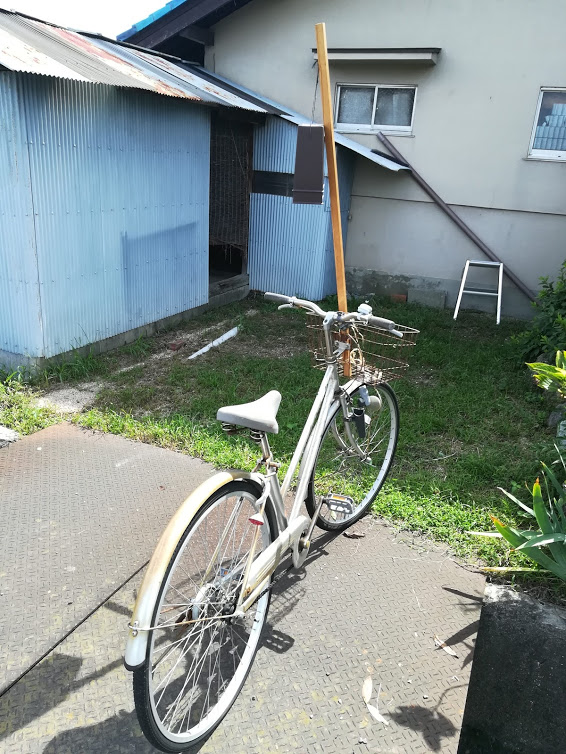
I installed wire antenna type device #4 and planer antenna type device #5 on the bicycle at the height of 1.8 m. I measured LQI value with regard to distance as shown in Photo 10 to 13. I checked the distance by Google Map.
The street is corner at 67 m distance. #4 may have no sensing range between 17m and 67m. When their devices is on ground zero, #4 LQI increases. But #5 decreases. It seems that planar antenna is not good as wire antenna with regard to elevation.
| Distance | 0m | 17m | 43m | 67m | 0m Ground |
| Wire #4 | 96 | 51 | NG | 12 | 132 |
| Planar #5 | 84 73 | 48 | 21 14 | NG | 54 |
When they put on the north east corner of the backyard, #4 and #5 LQI value are 36 and varying 12 to 18. We should choice wire type for usual application.
I tested simplified range test to confirm the receiver deterioration or not in September 2018. I installed #5 with double shades 1.5 m high as shown in Photo 18. LQI values has decreased a little shown in Table 4.
When I moved the test stand to the north, no signal comes at the range of 24 m. The west wall would be a kind of shield, I think.
LQI lowering a year later
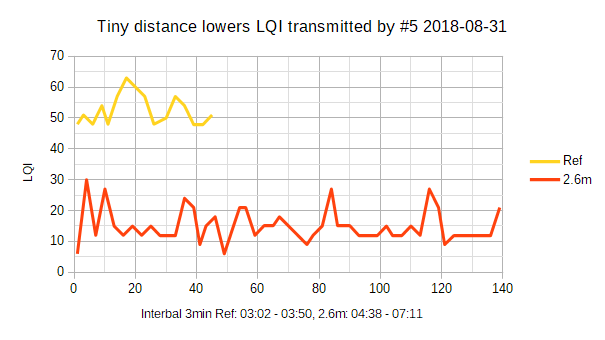
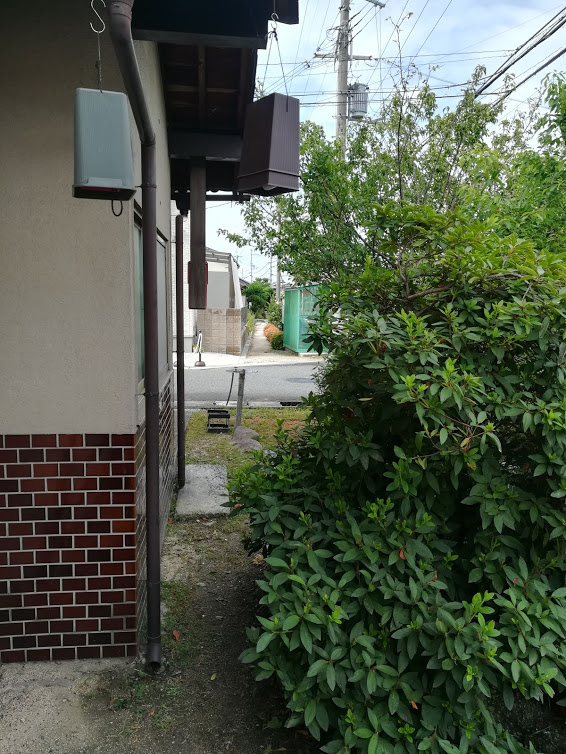

I moved #4 and #5 as shown in Photo 14 at first. #4 LQI value indicated unbelievable value 2 at first. So I set it as shown in Photo 15. I measured and recorded LQI by Slip21 receiving box. And I reset #4 at 2.6 m distance again.
I copied and pasted the receiving data in LibreOffice Calc. The chart of "Tiny distance lowers LQI" shows the LQI difference in Figure 1. The Ref distance is less than 5m from the parent device that had shown LQI 48 at 17 m before a year. #5 decreased this time. #4 and #5 have shown about 80 less than 10m on a tree, I think. Therefore,
1) LQI decreases when a device is installed near wall or something.
2) The parent device Monostick would be deteriorated.
I think that the former possible. I had better measure LQI around my house.
Actual receiving interval at low LQI
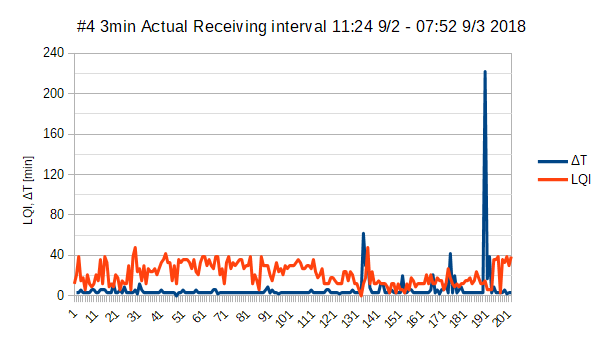
#4 is located the farthest. Slip21 receiving box shows raw message and take the log. I got the #4 actual receiving interval with LibreOffice Calc. Figure shows the result.
6 min interval sometimes happens nearly LQI 40. it means that the parent missed receiving.
When the interval decreases half, it rarely actually happened 42 or 222 min. TOCOS describes that the LQI is good at 100 to 150.
#4 indicated more than 60 only, when I moved #4 to the parent's next room. The parent might be deteriorated.
Planar vs Wire antenna
I compared planar LQI with wire. Figure 3 and Figure 4 show LQI values that Slip21 records the log in the receiving box.


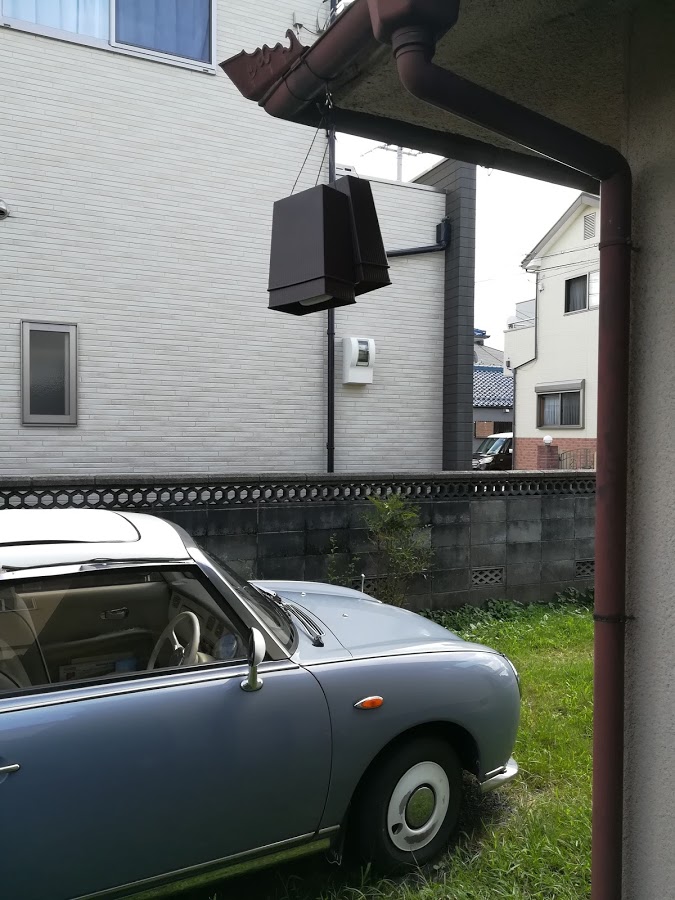
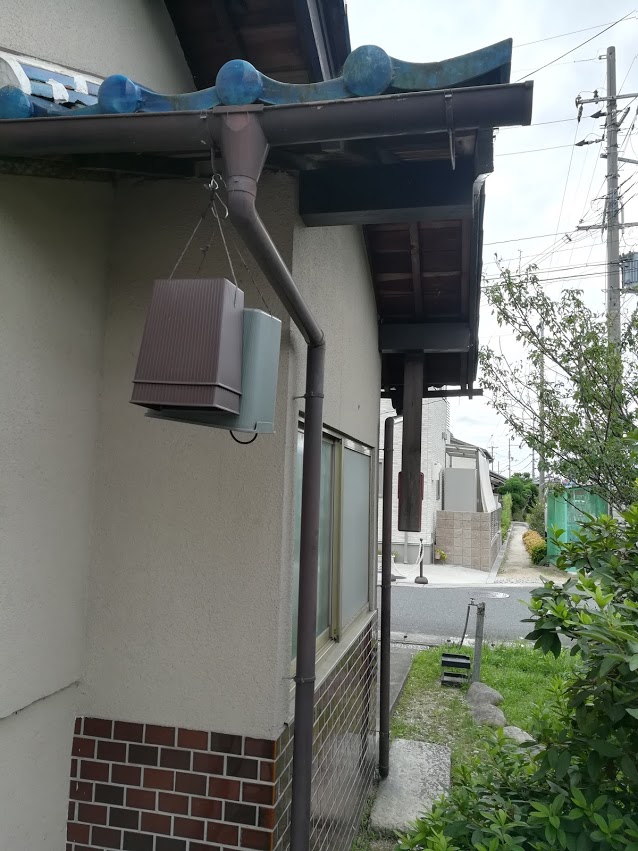
Photo 16 and 17 show that planar antenna #5 was installed with wire antenna #4 and #6. Planar LQI is worse than 15 or 20 level. Considering rain or snow effect, LQI is available more 40. You had better not choice planar antenna to use TWE near your house wall.
When #5 was the wall off 4m shown in Photo 20, LQI increased to 38. TWE planar antenna has a wall effect. When #5 was installed at the corner of north east and south east, LQI were 8 and 48. Although, the north east corner was NG, LQI showed 34 indoor at the corner. There is stairs at the corner. LQI was 12 on the floor of the stairs. LQI showed any LQI at the middle of the stairs and the top did so.
Indoor and elevation effect LQI
LQI showed 81 at the entrance of the kitchen and 80 at the north window of the kitchen. the outside of the window was unavailable at all. LQI 84 showed on floor in my room. Off 1.5m high LQI increased to 132 because of elevation. Monowireless insists that LQI 100 is to be stable, but the range is less than 4 m.
You had better check my another report "TWE-Lite radio wave intensity comparison".
Double shade hardly effects LQI
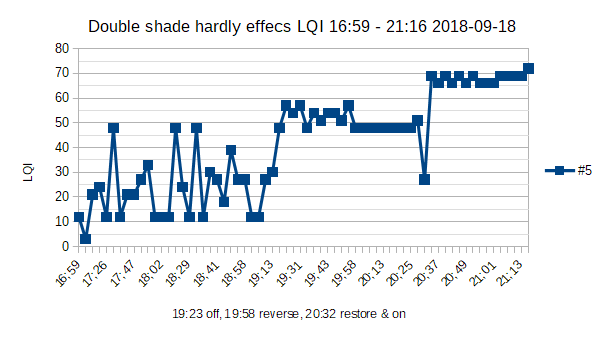
I checked whether a double shade effects or not. Figure 5 shows the test. Slip21 receiving box lists LQI values in series. I removed the shade of #5 at 19:23 September 19 2018. #5 was turned 180° at 19:58, and capped the double shade again at 20:32.
When I recapped, LQI value increased. #5 would stay in still without rotation. The wind would blow a little before the test.
Z axis rotation constrain hardly effects LQI
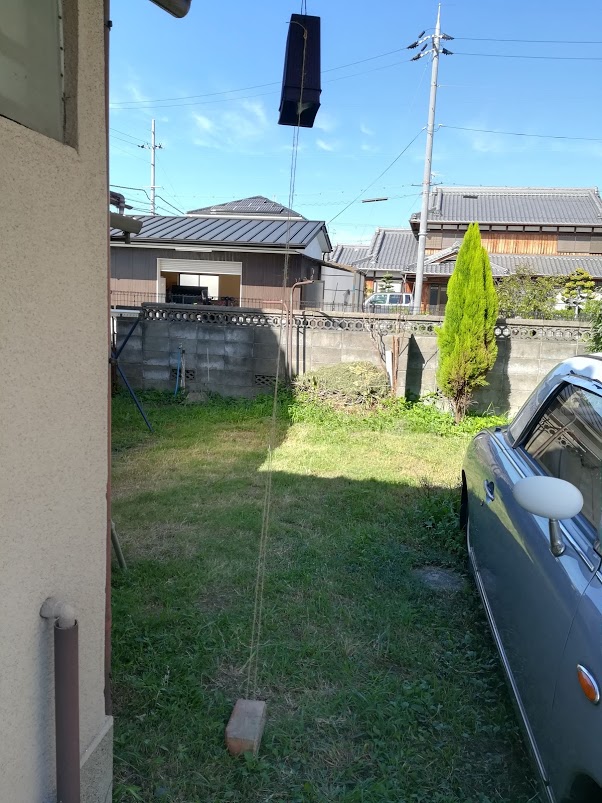
I checked whether a double shade effects or not. Wire type #4 was constrained not to rotate freely by string. Figure 5 shows the test result. Slip21 receiving box lists LQI values in series. I removed the shade of #5 at 19:23 September 19 2018. #5 was turned 180° at 19:58, and capped the double shade again at 20:32.
When I recapped, LQI value increased strangely. #5 would stay in still without rotation. The wind would blow a little before the test.
Ref.
© Enoki 2017 - 2018 September 20